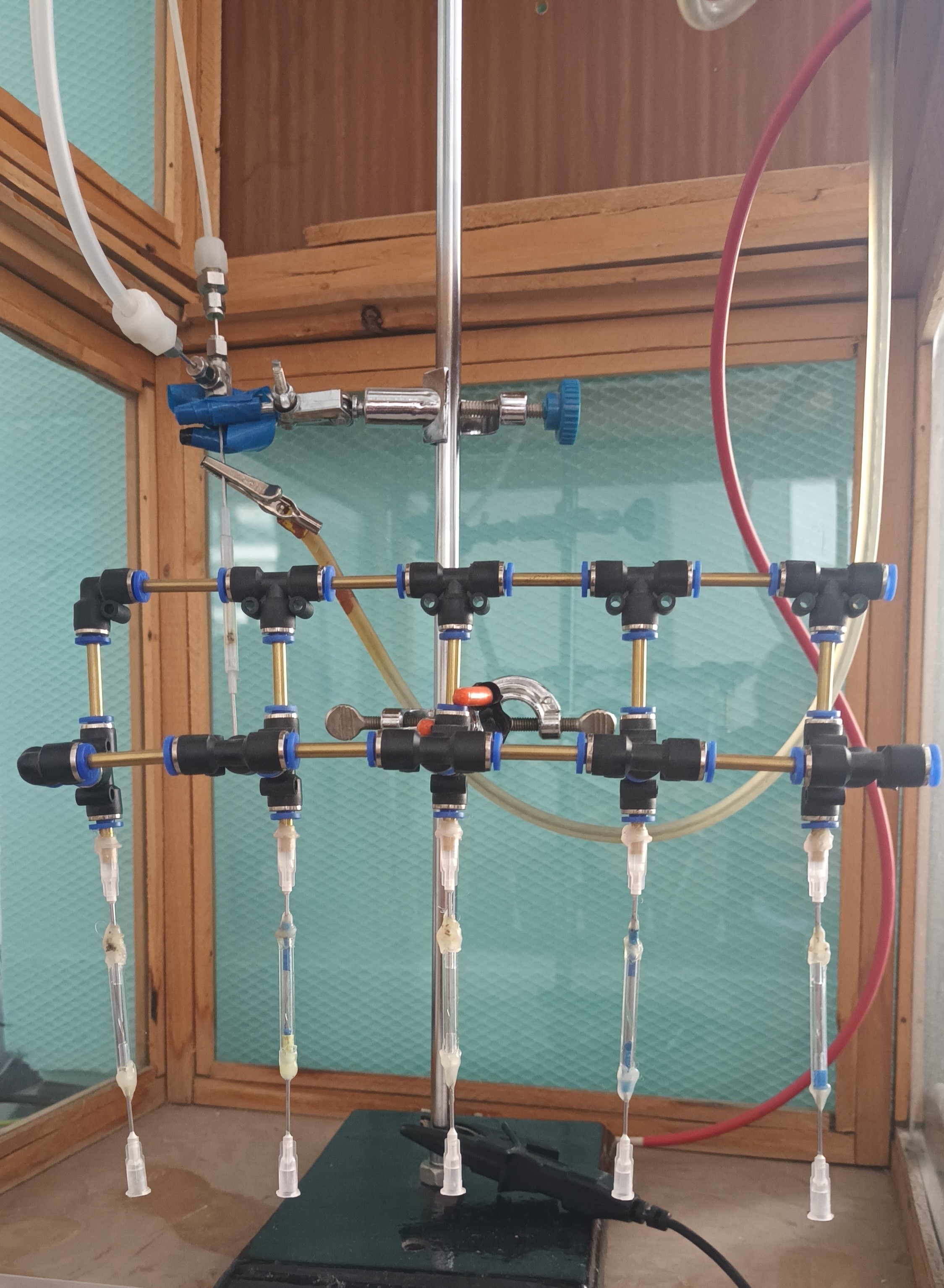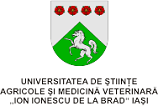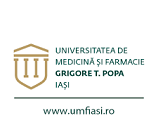Experimental model for demonstrating the feasibility of increasing the therapeutic potential of wheat sprouts by treating them with non-thermal activated water (PAW)
The scope of this project is to develop an experimental device meant to demonstrate the feasibility of increasing the therapeutic potential of wheat sprouts (Triticum aestivum) by treating them with non-thermal activated water (PAW).
Wheat sprouts are a rich source of nutrients (proteins, lipids, fibers, vitamins) and bioactive phytochemicals (BFT) (polyphenols, gamma-aminobutyric acid). Tocopherols and polyphenols have antioxidant activity which is associated with numerous beneficial effects on human health (anti-inflammatory, anti-rheumatic, anti-atherosclerotic, anti-carcinogenic effects).
As overall technological objective, the project teams is proposing utilization of a non-thermal plasma-based technology (NTP) to produce plasma-activated water (PAW) aiming to increase the bioactive phytochemicals in wheat sprouts with benefits for human health and well-being.
For this goal, we have developed a gas-liquid NTP mini-reactor, T shaped, which converts the nitrogen and oxygen from air into nitrate using deionized water and electricity. The reactor also produces hydrogen peroxide from the water present in the system. The technology utilizes the surface area of a liquid water film or water aerosol droplets in contact with a gas-phase plasma discharge (ionized gas) to form high reactive chemical oxidizing species (ROS). One of the most reactive species generated by the plasma in water is the hydroxyl radicals (·OH) which react to form finally H2O2. The reactor generates reactive nitrogen and oxygen species from the air present in the system, which further react to form water-soluble nitrate. The NO3 is produced in a “green” environmentally friendly fashion and in concentrations suitable for direct or indirect application on plant seeds or to plantlets (in our case wheat sprouts). Thus, an important factor in non-water soluble nitrogen fertilization is the need for slow release of moderate amounts of nitrate. The nitrates/nitrites formed in PAW (with the nitrogen from air), through the leaves/seeds absorption process goes into the plants, acting as a fertilizer (organic – no chemical containing N involved). In order to implement a new method of ecological and non-stressful treatment of plants (eliminating the synthesis chemical substances) for stimulating the bioactive phytochemicals production in plants (wheat sprouts) the non-thermal plasma activated water (PAW), produced in an NTP reactor, will be used to irrigate the plants.

Project objectives
Design and manufacturing of the components parts of a NTP reactor for PAW generation adapted to the wheat seeds treatment.
Hands-on operability demonstrations of the NTP reactor functionality and feasibility of increasing the BFP concentration on wheat seeds-sprouts-plantlets.
Optimization and integration of NTP reactor in a preindustrial process of wheat seeds treatment.

Funding
- Research project PN III Programul 2 - Creșterea competitivității economiei românești prin cercetare, dezvoltare și inovare, Subprogramul 2.1 - Competitivitate prin cercetare, dezvoltare și inovare, Proiect experimental – demonstrativ, PN-III-P2-2.1-PED-2019-0556 funded by UEFISCDI
Project implementation period: 2020-2022
Value: 600.000 lei










